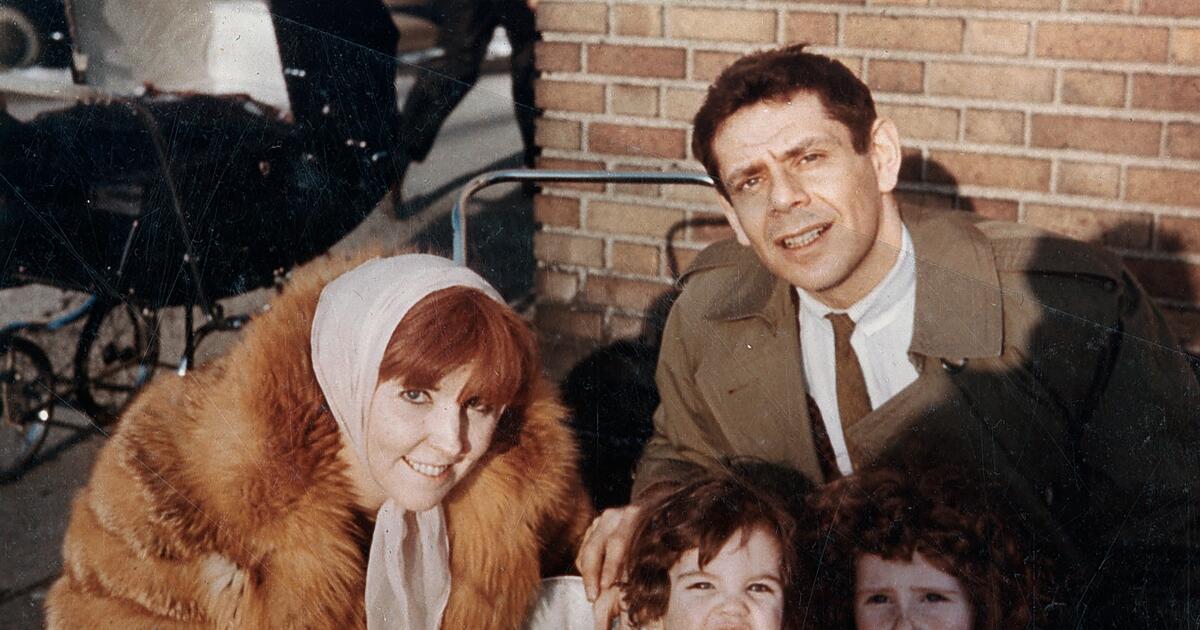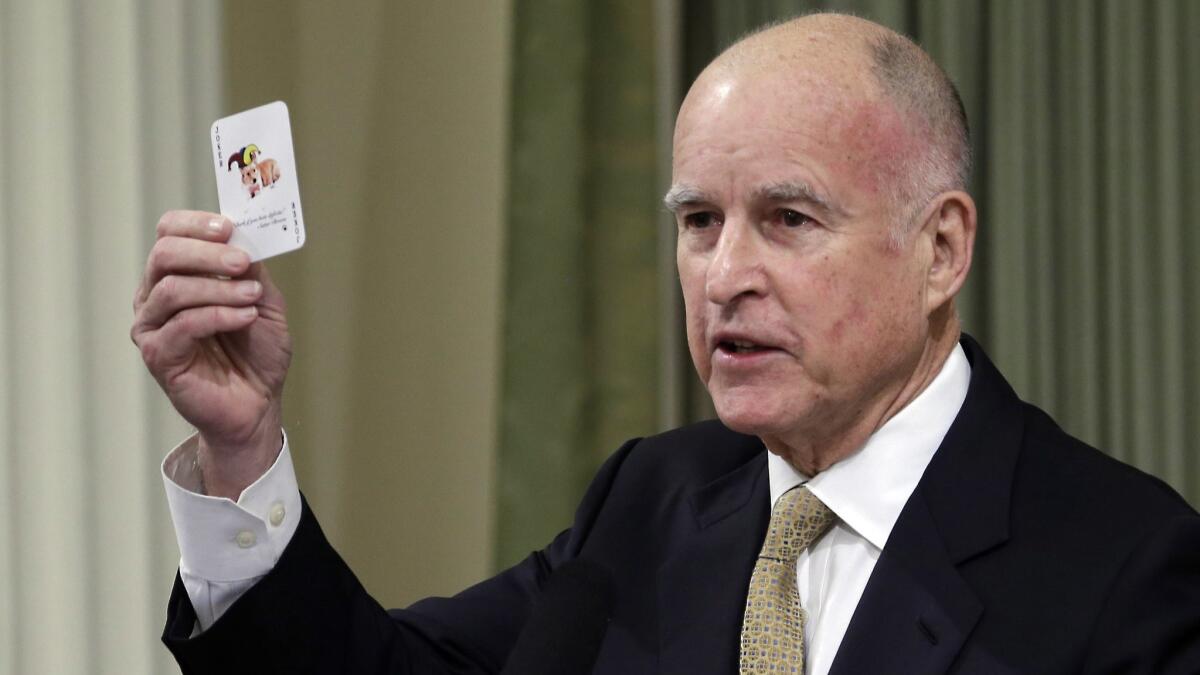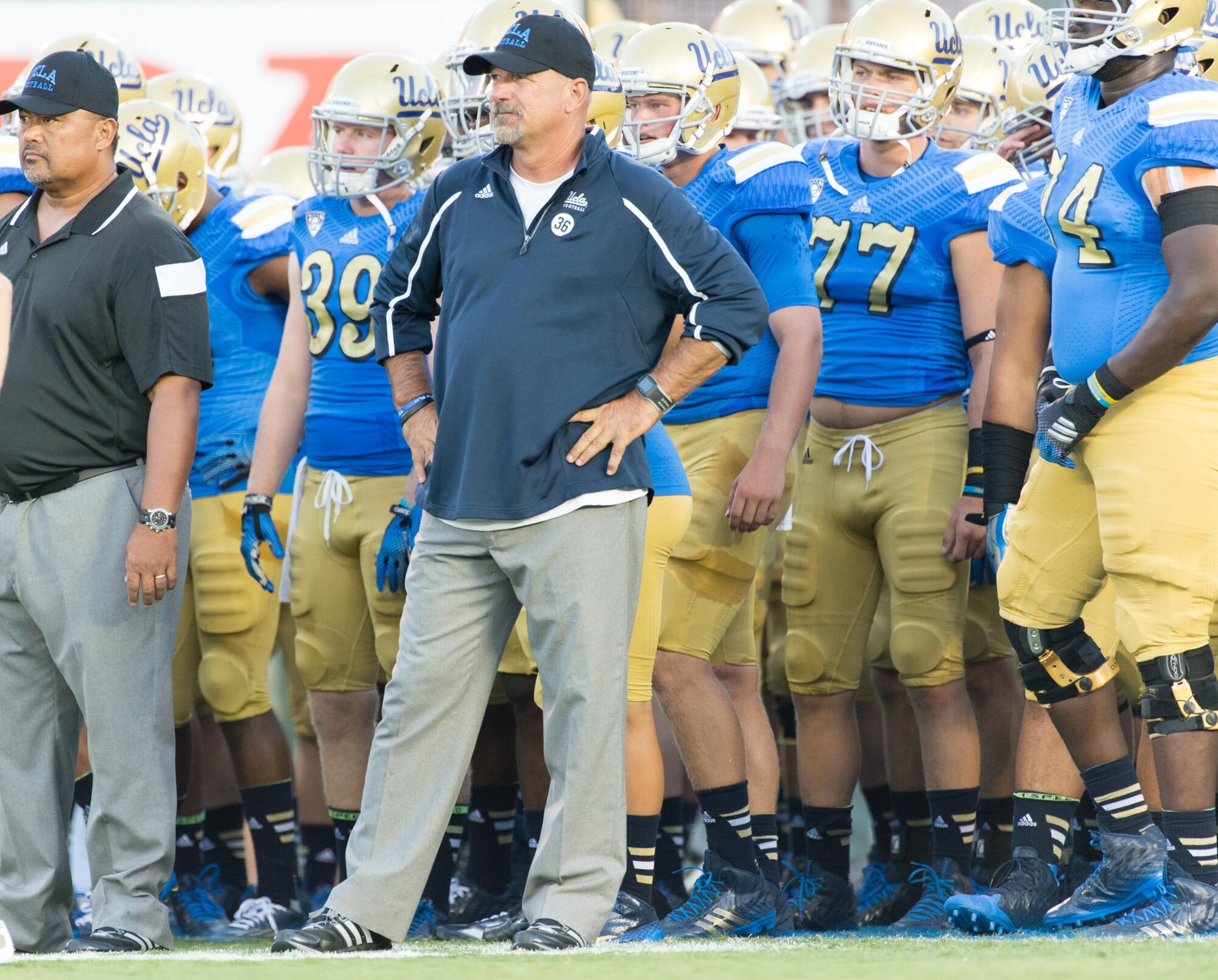‘Stiller & Meara’ Review: How we remember our parents and ourselves
Ben Stiller has made a lovely, dreamlike film about his parents, the comedian-actors Jerry Stiller and Anne Meara, which is also a film about himself, his sister, Amy Stiller, and his own fatherhood as reflected back by his children and his wife, the actor Christine Taylor. Premiering Friday on Apple TV, “Stiller & Meara: Nothing Is Lost” is a show business story, in large part, but will be emotionally familiar to anyone who has had the occasion to wonder about their parents’ lives, in their parents’ absence.
Though both had set out to be actors — “I carried Eleanora Duse’s life under one arm,” says Anne, “and ‘An Actor Prepares,’ Stanislavski, under the other” — Jerry had been thinking of getting into comedy when he met Anne. They married in 1954, but it wasn’t until 1963 that the conjoined career of Stiller and Maera took off, with an appearance on “The Ed Sullivan Show.” They might play the last two people on Earth meeting for the first time, or an Irish girl and a Jewish boy matched by computer dating. He was a fretful perfectionist who would endlessly rehearse; Anne was naturally funny; she flowed.
As documentary subjects go, the Stillers were not remarkably dysfunctional — no violence, no skeletons — past the not uncommon situation of parents whose work, or fixation on work, often took them away from their kids, physically or mentally, with the added fillip of that work having made them famous. (There are references to Anne’s drinking, which bothered Jerry, but this is not a hole the film runs down, and there’s nothing here to suggest it diminished her life or work.) As different people with different goals — “My mom wanted to be happy independent of performing,” says Ben, “and I think for my dad performing was so important to him it was part of his happiness” — there was tension, but they loved each other, and they loved their kids, and stayed married for 62 years, until Anne’s death in 2015.
Stiller frames the film with his and Amy’s return to the Upper West Side apartment where they were raised in order to clear it out to be sold, providing the opportunity to see what their parents had left behind. (Jerry died in 2020.) And it was a lot — nothing is lost if nothing is thrown away. There are love letters, diaries, scripts, manuscripts. (Anne: “I think Jerry has a need to keep his name going and for some reason he thinks that when we check out and pass over that the Smithsonian institute is going to want his memorabilia.”) Jerry had a habit, amounting to a compulsion, of documenting their life on film and tape; some of their conversations, and arguments, would turn into routines. (“Where does the act end and the marriage begin?” Anne wonders.) Raised voices in another room might be rehearsing or fighting. One routine consisted of escalating declarations of hate: “I hated you before I met you.” “I hated you before you were born.”
They quit playing nightclubs in 1970 (they drove her “meshuggah”), but remained in public view — in guest appearances, game shows and talk shows, where, unlike the highly managed appearances of today, they seemed ready to dish the dirt on themselves, providing Ben Stiller with material for this film. And they went to work as actors, each amassing a long list of screen and stage appearances. Jerry, of course, is now best known from “Seinfeld,” where he played George’s father, Frank Costanza, and “The King of Queens,” acting in nearly 200 episodes.
Much of it has to do with Ben and Amy as children of famous people, of family vacations that became working vacations, and growing up on display. In one clip from “The Mike Douglas Show,” the siblings perform “Chopsticks” as a screechy violin duet. Young Ben, already interested in film and asked by an interviewer if his parents will feature in his movies, says that they won’t: “I’ll be making adventure or a murder or something like that, but never a comedy. I don’t like comedy.”
We get glimpses of Stiller’s own prolific career — in comedy, mostly, as it turned out — as well as confessions of his own failings as a family man. (His children, Quin and Ella, get to have their good-humored but penetrating say, as does Taylor, from whom he separated in 2017, and with whom he reunited during the pandemic.) But there’s no evident resentment on the part of Ben and Amy, just curiosity and self-examination as adults whose own lives have taught them something about being adults, amid the knowledge that their parents had parents, too, and some of their imperfections became imperfections of their own.
Both Anne and Jerry had come from dark places. “Their lives were always reaching for the light,” says the playwright John Guare, whose black comedy “The House of Blue Leaves” Anne performed in off-Broadway. “Why don’t you become a stagehand?” Jerry’s father told him when Jerry first told him of his ambition. “Where do you get off trying to be Eddie Cantor?” Anne’s mother died by suicide. “Your father was kind of a saint, you know,” Christopher Walken tells Ben.
Stiller’s approach is musical; his assembly of clips and photos is musical — poetic, not prosaic. He ends his film with a conversation between Jerry and his aged father, Willie, cut to a montage of the family through time.
“Isn’t this better than anything, just being alive?” says Jerry. “When we go, we’ll go together, you and me”
Willie: “Yeah, OK, hold hands and everything else.”
“You’ll take me to shows again when we get up there?”
“Yeah, when I go I’ll take you any place. … What is this?”
“It’s a tape recorder. … Whatever you say is on that tape. They’ll hear you forever. You’ll never be lost.”
And we see young Ben, filming a camera that’s filming him, as his father steps in behind him.


